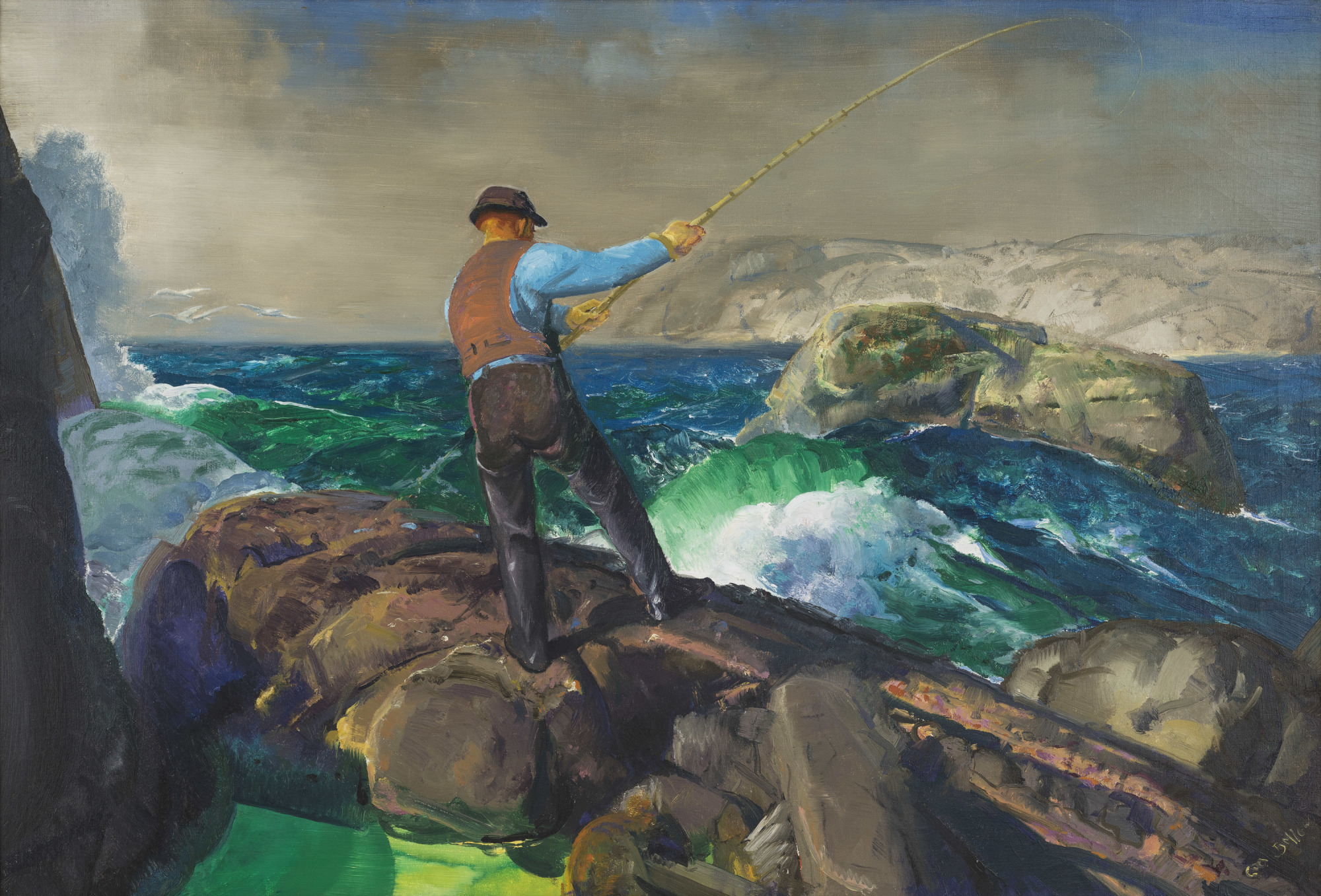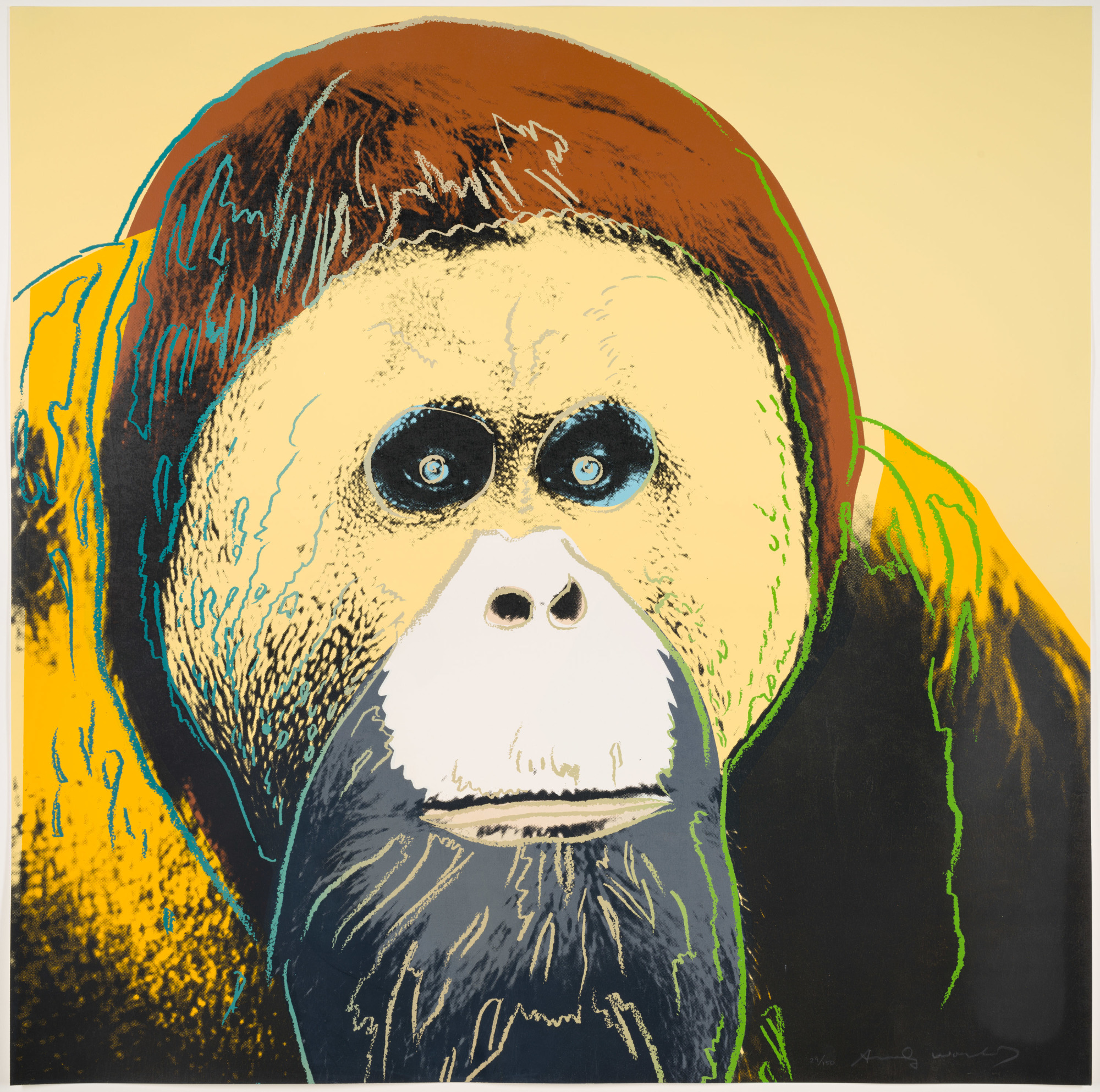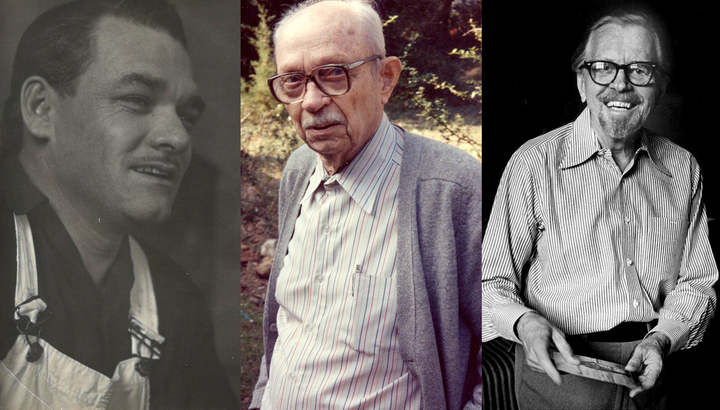The Carter Blog
Carter ARTicles
Is it modern or contemporary?
Sep 25, 2024
Modern and contemporary art are descriptive terms sometimes used interchangeably but that distinguish two different time periods of visual art. Modern art extends for about 100 years, from the 1860s to the 1960s, and is characterized by artists who turned away from using time-honored subjects, styles, and Renaissance perspectives to convey depth and space in the picture plane. Édouard Manet’s The Luncheon on the Grass (1863, Musée d’Orsay) represents one of the first modern paintings. It caused a scandal since Manet depicted a picnic featuring a nude woman, possibly a sex worker, positioned alongside fully clothed men. With this work, Manet not only upended acceptable subject matter, but he also devised new compositional strategies, painting the figures as flat. Challenging spatial conventions and using arbitrary colors and shapes became facets deployed by modern artists in movements like Impressionism, Post-Impressionism, Cubism, Fauvism, and Expressionism.
In the Carter’s collection, paintings by George Bellows, Georgia O’Keeffe, and Charles Sheeler reveal the progression of modern art in 20th-century America. Bellows modernized an outdoor angling scene in The Fisherman (1917) by positioning our view behind the fisher to make us participants in the action and emphasizing the sea’s unbridled energy as the theme. With Red Cannas (1927), O’Keeffe transformed traditional still-life painting. Emphasizing the canvas’s flatness and magnifying the flower to fill the picture plane, the artist inspires a close viewing of nature’s colors and forms. Like O’Keeffe, Sheeler boldly defied landscape painting in Conversation - Sky and Earth (1940), depicting the Hoover Dam from an unusual vantage point below its base. The artist cropped the view of the electrical transmission tower, deployed barely visible brushstrokes, and used colors that evoke the desert’s blazing sunlight, making the scene appear unreal.
O'Keeffe and Sheeler
-
Georgia O'Keeffe
Red Cannas, 1927Oil on canvas
1986.11

-
Charles Sheeler
Conversation - Sky and Earth, 1940Oil on canvas
2009.7

Bellows, O’Keeffe, and Sheeler took themselves very seriously as artists, as did following generations of modern painters like the abstract expressionists, who questioned priorities in art making. Dismissing the need for subjects, creating all-over compositions with no central focus, and emphasizing the painting process through dynamic gestural brushwork, abstract expressionists represented a transitional phase in the shift from modern to contemporary art. This sea change occurred in the 1960s when contemporary makers no longer privileged the idea of artistic genius and aesthetic properties of color and form.
In the 1960s, Pop Art, Minimalism, Conceptual, Performance, and the Land or Earth Art movements represented the beginnings of contemporary art. These artists challenged the foundations of art, concerned with the ideas behind making work and seeking spaces outside galleries and museums to exhibit. After the predominance of Abstract Expressionism, Pop artists reintroduced identifiable imagery from popular culture, transforming everyday things (like Andy Warhol’s images of soup cans) into fine art while slyly mocking their predecessors’ self-importance.
Norman Lewis, part of the abstract expressionist movement in the 1940s, created the contemporary painting Seachange XIII (1977) four years after a trip to Greece. There, Lewis discovered an embracing and inclusive community, vastly different from the racial discrimination he endured in the United States. Like the title suggests, Lewis evoked a theme of metamorphosis through a dramatic blue-and-white palette and swirling ovals that evoke the cosmos. Unlike his earlier work, Lewis wanted viewers to join him in contemplating the possibilities of transformation in Seachange XIII.
Warhol combined contemporary issues with wry humor in the Carter’s print Orangutan (1983), which is part of the artist’s Endangered Species series of 10 screenprints depicting animals protected by the Endangered Species Act of 1973. Warhol treated his subject with seriousness and irony, creating a portrait that emphasized the great ape’s gravitas while also smirking at how American society turned the animal into a celebrity.
Two vastly different monumental sculptures at the Carter reflect the fluid realms of contemporary art. In Seven and Seven Flower (1998), Texas artist James Surls hand-carved felled pine trees into blossoms to evoke a self-portrait of family and land, while Gabriel Dawe deployed sewing thread to question and subvert constructions of gender and masculinity in Plexus no. 34 (2016), a tour-de-force of 21st-century art.
Surls and Dawe
-
James Surls
Seven and Seven Flower, 1998Pine and steel
2022.22

-
Gabriel Dawe
Plexus no. 34, 2016Gütermann thread, painted wood, hooks
2018.113

From the latter part of the 20th century to today, contemporary artists have deployed new media and visual strategies, privileging viewers’ perception and participation. These makers continually challenge what art can be, pushing boundaries to uncover new expressive pathways to expand our understanding of art and the world.
















